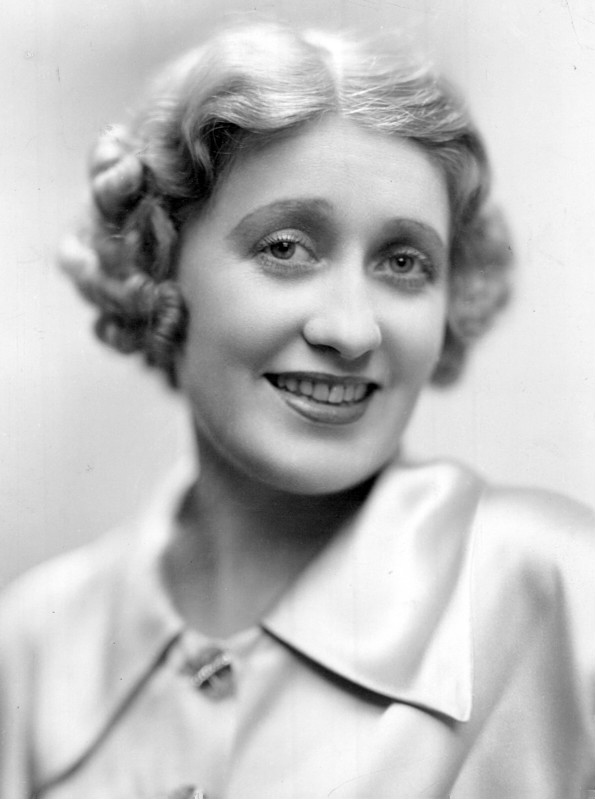Introduction to "Lover Come Back to Me"
Ruth Etting, a prominent figure of the roaring 20s, captivated audiences with her rendition of "Lover Come Back to Me". This song, etched in the annals of music history, showcases her melodious voice and compelling storytelling prowess, making it a timeless classic.
Cultural and Historical Context of the Track
Set against the backdrop of the 1920s, this piece resonated with the spirit of the Jazz Age. The track's poignant lyrics, set to the rhythm of a heart in longing, echo the shifting societal norms and the newfound freedom of expression of that era. In a world that was rapidly modernizing, Ruth Etting's "Lover Come Back to Me" provided a hauntingly beautiful soundtrack to the era's joys and heartbreaks.
An Interesting Fact about "Lover Come Back to Me"
Interestingly, despite its popularity, "Lover Come Back to Me" was not originally written for Ruth Etting. It was part of the 1928 operetta "The New Moon" by Sigmund Romberg and Oscar Hammerstein II. However, it was Ruth's interpretation that truly brought the song to life and etched it into the public consciousness.
Cover Versions of the Song
The enduring popularity of this 1920s song is evident in the numerous cover versions it has inspired. Legends such as Billie Holiday, Ella Fitzgerald, and Frank Sinatra have put their unique spin on the track, each bringing a fresh perspective while honoring the original's emotional depth.
The Cultural Impact and Relevance of "Lover Come Back to Me"
Even decades after its initial release, "Lover Come Back to Me" continues to resonate with audiences worldwide. Its timeless themes of love and longing, delivered through Ruth Etting's soulful vocals, have ensured its place in the pantheon of classic music. This song's enduring appeal attests to its cultural impact, serving as a testament to the power of music to transcend time and touch hearts across generations.




Comments (0)